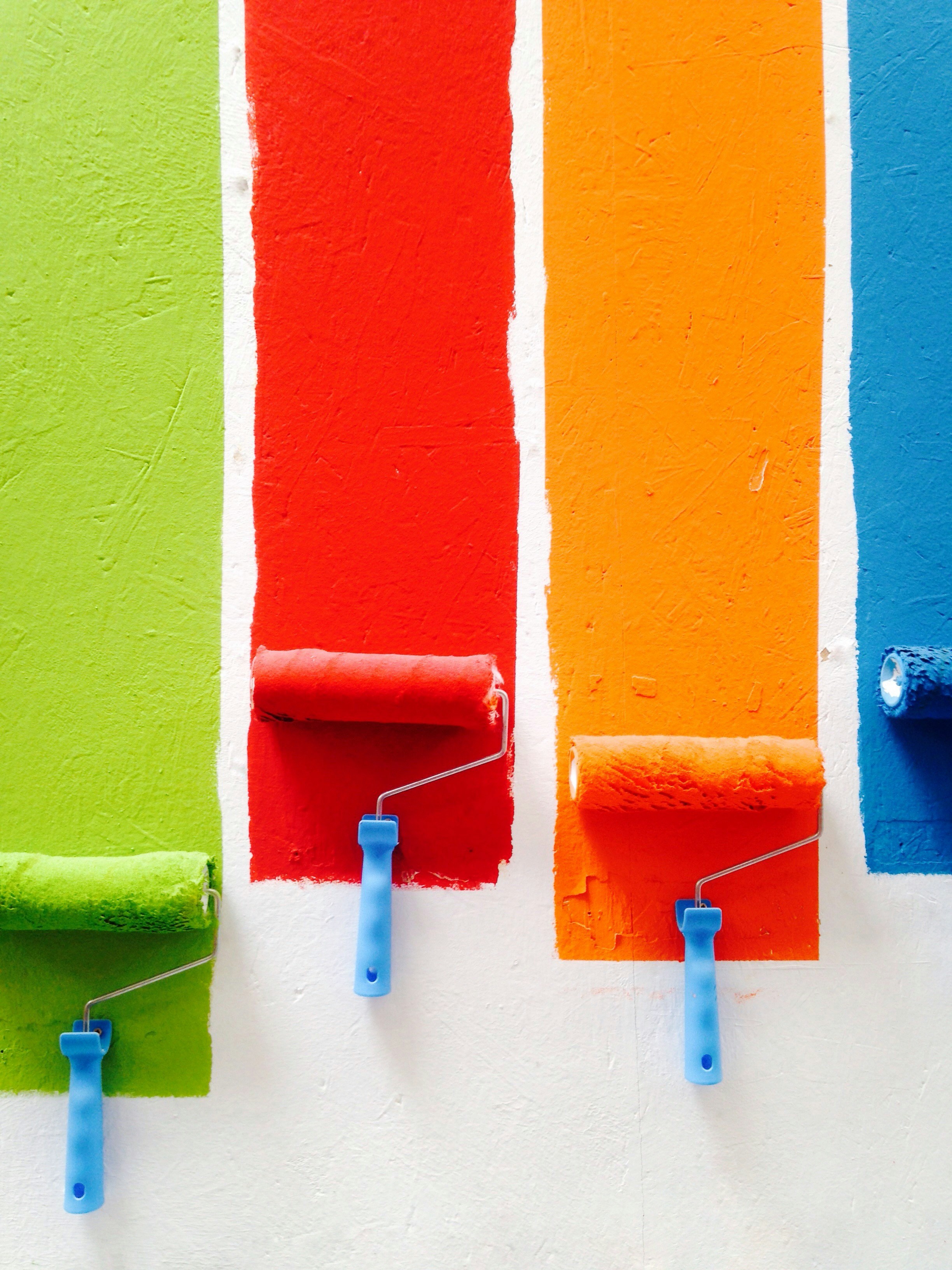
Your car is more than just a mode of transportation; it’s an extension of your personality and often one of the largest investments you’ll make. Keeping that investment looking pristine can be a challenge, especially with everyday wear and tear from road debris, UV rays, and environmental factors. That’s where automotive paint protection film (PPF) comes into play. This innovative solution acts as a shield for your vehicle’s exterior, preserving its glossy finish while adding an extra layer of defense against scratches and chips.
But what exactly is PPF? And how do you go about installing it? Whether you’re considering doing it yourself or hiring professionals, understanding the ins and outs of automotive paint protection film installation will help ensure your ride stays in top condition for years to come. Let’s dive deep into everything you need to know about this essential protective measure for your car!
What is Automotive Paint Protection Film (PPF)?
Automotive paint protection film (PPF) is a transparent, durable layer applied to your car’s exterior. It acts as a barrier against various elements that can damage the paint, such as rocks, scratches, and even harsh weather conditions.
Made from thermoplastic urethane, PPF is designed to absorb impacts while remaining virtually invisible. This means you can maintain your vehicle’s original look without compromising style for protection.
The film comes in different thicknesses and finishes, allowing customization based on your preferences. Some variations have self-healing properties that make minor scratches disappear with heat exposure.
Beyond just physical protection, PPF also helps prevent fading caused by UV rays. This ensures that your car retains its vibrant color over time.
Benefits of PPF for Your Car
Automotive paint protection film (PPF) offers a shield for your vehicle’s exterior. It acts as a barrier against scratches, rock chips, and other minor damages that can occur during daily use.
One of the standout benefits is its ability to preserve the car’s finish. With PPF in place, you maintain that showroom shine much longer than without it.
Moreover, many films are self-healing. This means light scratches will disappear over time when exposed to heat from the sun or warm water.
Another advantage is UV protection. PPF helps prevent fading caused by harmful sunlight, keeping colors vibrant for years.
You’ll also find that cleaning becomes easier with this protective layer. Dirt and grime have a harder time adhering to it compared to bare paint surfaces, making maintenance less of a hassle.
Types of PPF and Which One to Choose

When it comes to automotive paint protection film, several types cater to different needs. The most common varieties include gloss, matte, and textured finishes.
Gloss PPF is perfect for those who want to maintain their car’s shiny appearance. It enhances the vehicle’s color while providing excellent durability against scratches and stains.
Matte PPF offers a distinct look for those seeking a unique aesthetic. It protects your paint while giving your car that sleek, non-reflective finish.
Textured films are gaining popularity too. They provide grip and can help mask imperfections in the underlying surface.
Choosing the right type depends on personal preference and desired functionality. Consider how you use your vehicle daily, as well as factors like climate or exposure to road debris. Your choice of film can greatly influence both aesthetics and protection, so weigh these options carefully before making a decision.
DIY vs Professional Installation – Pros and Cons
When it comes to automotive paint protection film installation, the choice between DIY and professional work can be tricky.
DIY installations can save you money upfront. If you’re handy and enjoy working on your car, this could be a fun project. Many kits come with detailed instructions that make it automotive paint protection film accessible for beginners.
However, achieving a flawless finish is challenging without experience. Mistakes during application can lead to bubbles or misalignment, which may compromise the film’s effectiveness.
On the other hand, professional installers bring expertise and precision to the table. They know how to handle different surfaces and ensure proper adhesion.
The downside? It typically costs more than a DIY approach. Yet, investing in skilled labor might spare you from future headaches related to poor installation.
Weighing these factors will guide your decision as you consider what’s best for your vehicle’s protection needs.
Step-by-Step Guide to Installing PPF on Your Car
Gather your materials first. You’ll need the PPF, a squeegee, utility knife, spray bottle with soapy water, and a heat gun.
Start by cleaning the surface of your car thoroughly. Remove dirt, dust, and any wax to ensure proper adhesion. A clean surface is crucial for optimal results.
Next, measure and cut the film according to the area you’re covering. Leave some excess material around the edges for adjustments later.
Spray soapy water onto both the adhesive side of the film and your car’s surface before applying it. This will help repositioning if necessary.
Carefully place the PPF on your vehicle’s body while smoothing out bubbles with your squeegee from center to edges.
To secure it further, use a heat gun on low settings along edges for better adherence once you’re satisfied with placement.
Maintenance and Care for PPF
Maintaining your automotive paint protection film (PPF) is crucial for longevity. Regular washing helps to keep the surface clean and free from dirt and grime. Use a pH-balanced car shampoo to avoid damaging the film.
It’s best to wash your vehicle by hand, using a soft microfiber cloth or sponge. Avoid automatic car washes with harsh bristles that can scratch the PPF.
Inspect the film periodically for any signs of wear or damage. If you notice edges lifting or bubbles forming, address these issues promptly to prevent further complications.
For added shine and protection, consider applying a specialized PPF ceramic coating. This enhances durability and makes cleaning easier.
Always park in shaded areas when possible. Prolonged sun exposure can affect the adhesive over time and lead to fading. Your care routine will ensure your PPF continues looking great while protecting your vehicle’s finish.
Common Mistakes to Avoid during Installation
When installing automotive paint protection film, attention to detail is crucial. One common mistake is neglecting surface preparation. A clean surface ensures proper adhesion and longevity.
Another frequent error involves cutting the film directly on your vehicle. This can lead to accidental scratches or damage. Always use a protective layer while trimming.
Failing to account for temperature and humidity also poses risks. Applying PPF in extreme conditions can affect how well it adheres, leading to bubbles or peeling later on.
Rushing through the installation process often results in misalignment of the film. Take your time with each section; precision makes a noticeable difference in appearance.
Not using enough solution during application may lead to complications like improper positioning or trapped air pockets. Ensure you have adequate slip solution for seamless adjustments throughout the installation.
Cost Comparison: PPF vs Repainting
When considering automotive paint protection film installation versus repainting, cost is a significant factor. fashion PPF typically requires a higher initial investment. However, it offers long-term savings by preventing damage from scratches and environmental factors.
Repainting your vehicle can be less expensive upfront. Yet, it’s essential to consider the longevity of the new paint job. Depending on exposure to elements and maintenance, you may find yourself needing another repaint in just a few years.
On the other hand, PPF lasts for several years without losing its protective qualities or clarity. It’s designed to absorb impacts while keeping your original paint intact.
While both options have their merits, think about what you value most: immediate savings or enduring protection? Each choice has different implications for your car’s aesthetic appeal and resale value down the line.
Conclusion

Automotive paint protection film installation is an investment that pays off in the long run. With its ability to shield your vehicle’s exterior from scratches, chips, and harmful UV rays, it becomes an essential part of car care. Understanding the benefits and types of PPF available helps you make informed decisions.
Whether you opt for a DIY approach or seek professional assistance impacts not just the outcome but also your experience throughout the process. Following a step-by-step guide ensures better results, while regular maintenance keeps your PPF looking fresh.
Being aware of common mistakes can save both time and money during installation. Plus, when compared to repainting costs, PPF offers a more economical solution with lasting effects.
As you consider automotive paint protection film installation for your vehicle, weigh all these factors carefully to ensure you’re making the best choice for preservation and appearance. Your car deserves top-notch protection that enhances its lifespan while maintaining its aesthetic appeal.



